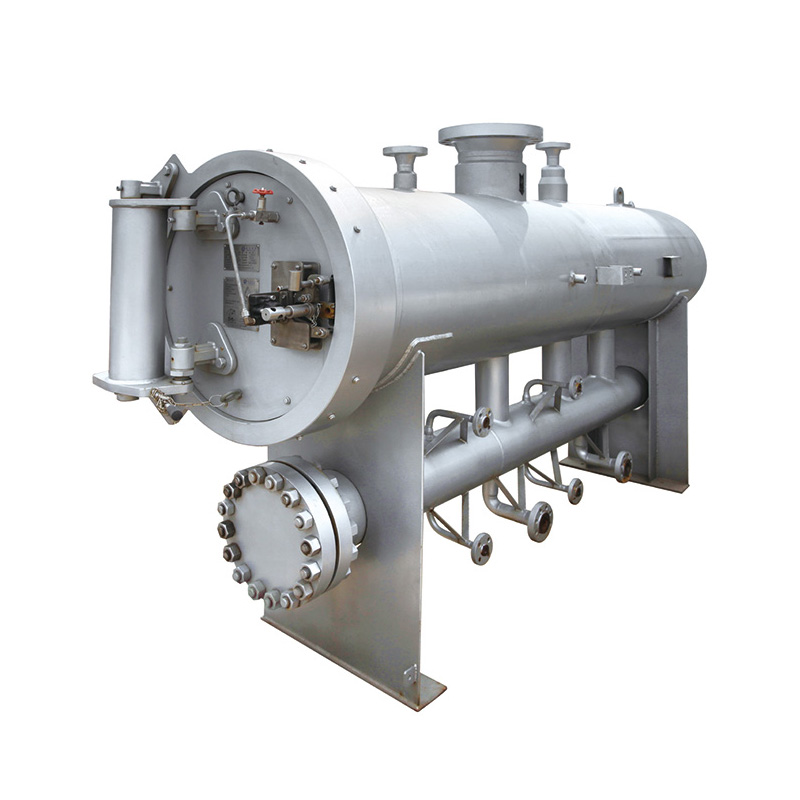
Dec . 01, 2024 07:31
Back to list
natural gas safety valve
Understanding the Importance of Natural Gas Safety Valves
Natural gas is one of the most widely used energy sources globally, powering homes, industries, and vehicles. However, with its widespread usage comes the critical responsibility of ensuring safety in its handling and distribution. One essential component in achieving this safety is the natural gas safety valve. This article expounds on the significance, types, and operational mechanisms of natural gas safety valves.
What is a Natural Gas Safety Valve?
A natural gas safety valve is a fail-safe device designed to protect pipelines, storage tanks, and appliances from exceeding predetermined pressure levels. Its primary function is to automatically release gas or shut down the flow when the pressure surpasses safe operating limits. This action prevents potential hazards including explosions, leaks, and equipment damage that could arise due to overpressure scenarios.
Types of Natural Gas Safety Valves
There are several types of safety valves used in natural gas applications
. The most common include1. Relief Valves These valves are designed to open at a specified pressure to relieve excess pressure in a system and then close once it returns to safe levels. Relief valves are crucial in preventing catastrophic failures in gas pipelines and storage containers.
2. Pressure Regulating Valves These valves maintain a predetermined pressure limit within a system. They can adjust the gas intake to ensure that appliances or systems receive a consistent flow of gas, preventing pressure fluctuations that could lead to combustion issues or equipment damage.
3. Check Valves Though primarily designed to prevent backflow, check valves also contribute to safety by ensuring that gas flows in one direction, minimizing risks of leaks and explosions.
natural gas safety valve

How Do Safety Valves Work?
The operational mechanisms of natural gas safety valves can vary based on their types. Generally, pressure relief valves utilize a spring-loaded mechanism. When the pressure inside a system exceeds a set limit, the force against the spring overcomes its tension, causing the valve to open. This release allows gas to escape safely, reducing the pressure inside the system.
Pressure regulating valves, on the other hand, continuously monitor downstream pressure. If the pressure increases beyond a specific threshold, the valve adjusts by restricting flow, thereby lowering the pressure.
Importance of Maintenance
Regular maintenance of natural gas safety valves is essential to ensure their effective functioning. Components such as springs, seals, and pressure sensors can wear out over time, leading to improper operation. Scheduled inspections, testing, and timely replacements can significantly reduce the risk of failure during critical situations.
Furthermore, educating personnel on the operation and importance of these valves is vital. Understanding the role of safety valves in the broader risk management framework can enhance workplace safety and ensure compliance with industry regulations.
Conclusion
Natural gas safety valves are integral to the safe handling and distribution of natural gas. Their ability to prevent overpressure situations is essential in safeguarding both individuals and infrastructure. As the demand for natural gas continues to grow, so does the necessity for effective safety measures. By prioritizing the maintenance and proper use of natural gas safety valves, stakeholders can significantly mitigate the risks associated with natural gas operations and enhance the overall safety of their systems. In a world increasingly reliant on natural gas, ensuring its safe usage is imperative not only for individual safety but also for the stability and sustainability of our energy systems.
Latest news
-
Safety Valve Spring-Loaded Design Overpressure ProtectionNewsJul.25,2025
-
Precision Voltage Regulator AC5 Accuracy Grade PerformanceNewsJul.25,2025
-
Natural Gas Pressure Regulating Skid Industrial Pipeline ApplicationsNewsJul.25,2025
-
Natural Gas Filter Stainless Steel Mesh Element DesignNewsJul.25,2025
-
Gas Pressure Regulator Valve Direct-Acting Spring-Loaded DesignNewsJul.25,2025
-
Decompression Equipment Multi-Stage Heat Exchange System DesignNewsJul.25,2025

